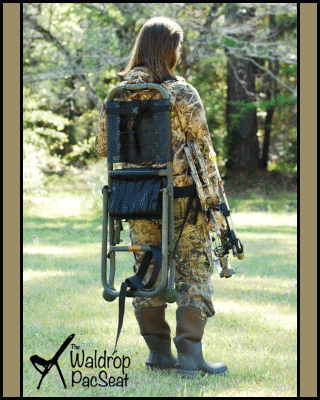 |
   |
 |

|

|
| INFO: Trad Archery for Bowhunters |

- Welcome to Trad Gang.
THE TERRORS OF TESTING By JACK HOWARD
Started by Terry_Green, July 09, 2004, 05:31:00 AM
Previous topic - Next topic0 Members and 1 Guest are viewing this topic.
User actions
Copyright 2003 thru 2025 ~ Trad Gang.com © |
